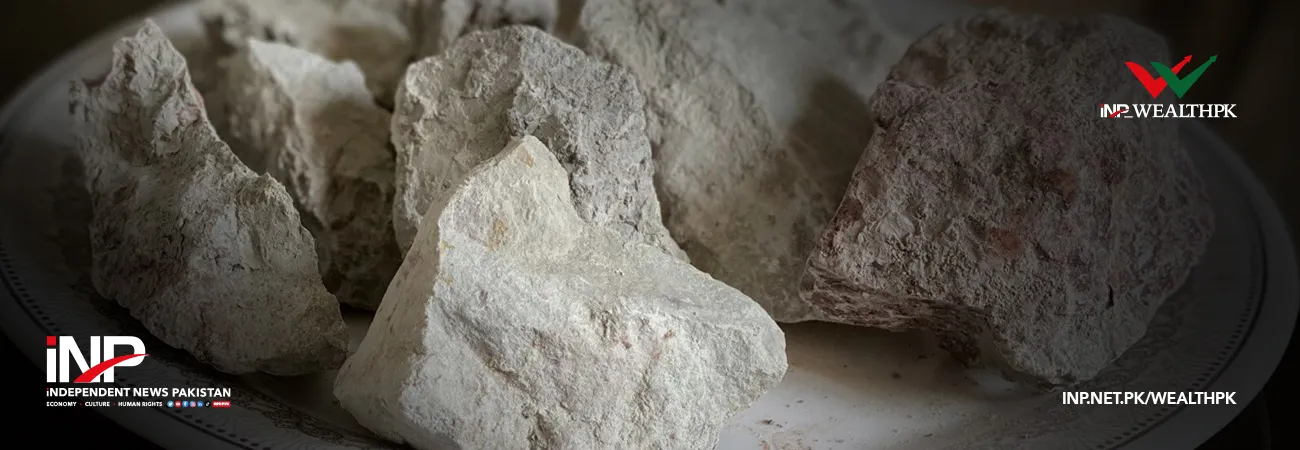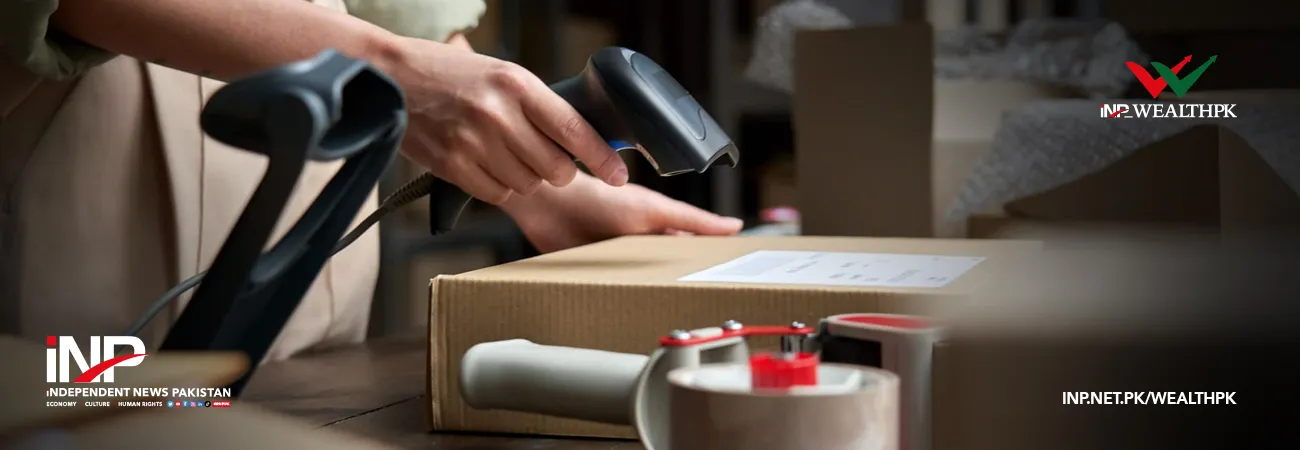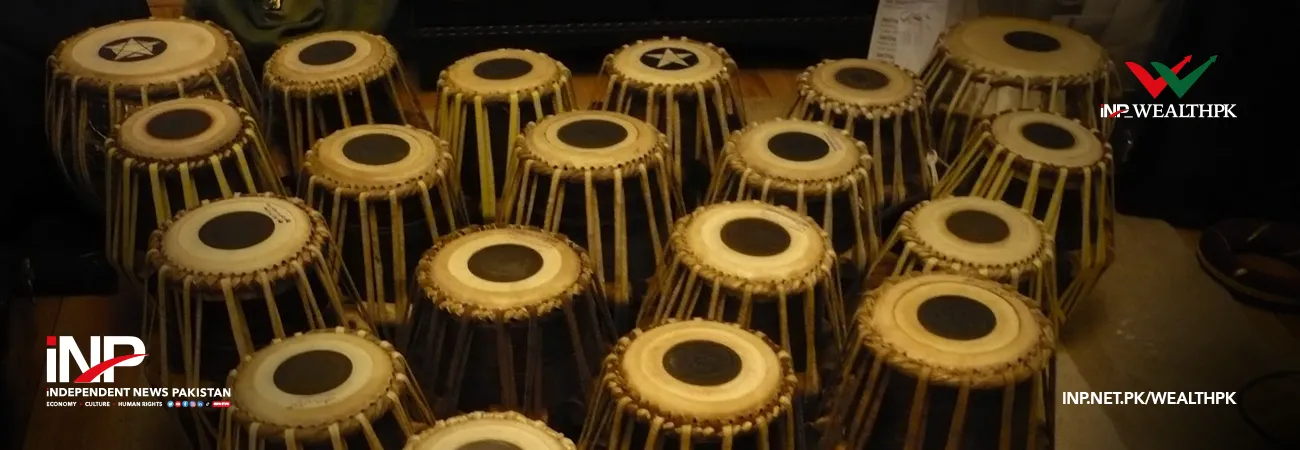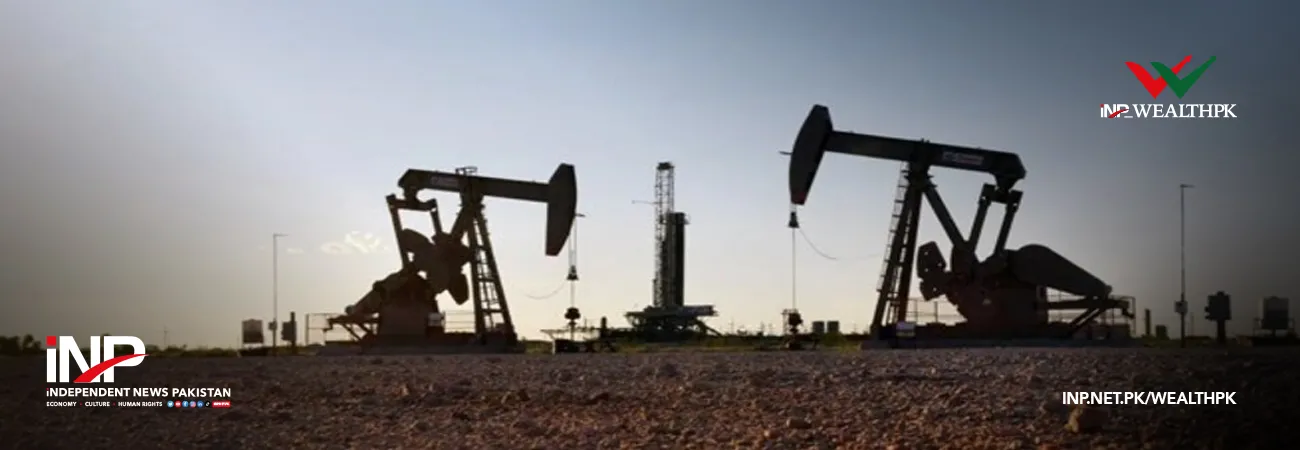آئی این پی ویلتھ پی کے
Faiza Tehseen
Indigenous extraction and processing of ball clay is necessary for Pakistan’s domestic industry, and it can also cut the local production cost, Abdul Bashir, Chief Geologist of the Balochistan based Koh-e-Daleel Mining Company (PVT) Limited, told WealthPK.
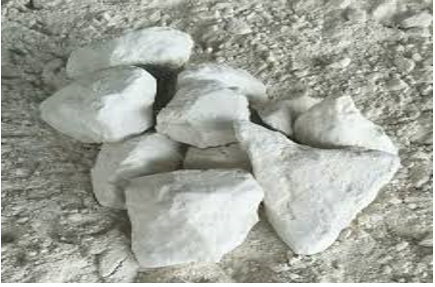
“Ball clay is vastly used for a variety of industrial purposes, especially to manufacture chinaware and sanitary products. Pakistan imports ball clay largely from different countries, driving up the production cost and harming the local business market. Since people prefer low-cost imported products, local extraction of ball clay is direly needed,” he explained. The major component of ball clay is kaolinitic clay. Kaolinite is one of at least 10 types of clay. Its origin is the altered igneous rocks, primarily made up of kaolinite, quartz, mica, and organic matter. In igneous rock formations, kaolinite occurs in abundance in nearby formed ponds, river beds, lake, or basins. Tectonic basins can accumulate ball clay including lignite, and sands as well. Mostly, free of iron oxides, kaolinite-rich source rocks are its formation places.
Except quartz, due to weathering and hydro activity, all the minerals in igneous rocks are altered – feldspar, mica, orthoclase, and plagioclase. Kaolinite forms when this kind of minerals are altered or changed due to weathering. Bashir said, “Owing to its highly plastic nature, ball clay is also known as plastic clay. It can be easily moulded and shaped. In ceramic industry, it is used to give strength and malleability to ceramic materials before firing. It acts as cement to bind the ceramic body components together. It is used to produce paints, fertilizers, fine ceramics, sanitary wares, wall and floor tiles, and tableware. It is also used as a coating and paper filler, and to produce refractory tiles, clay pipes, and electric insulators.
Ball clay occurs in distinctive dark brown to black color transitioning to light cream or white in colour after firing.” It occurs in different regions in Pakistan – Chagai, Dalbandin, Ras Koh, near Nushki, Khuzdar, Muslim Bagh, Zhob, Swat valley, Nagar Parkar, Thar region, Mianwali, Salt Range and Kala Chitta Range, and some areas of Punjab. “Local extraction of ball clay will help establish new value addition chains and open up new opportunities. It will strengthen the mining sector as a sustainable mining source and to fill the state coffers through revenue generation,” added Bashir. Talking to WealthPK, geologist and miner Imran Babar said, “Large deposits of ball clay across Pakistan need focus for exploitation.
If the government organizes special awareness workshops concerning its importance, need, value addition, marketing, and exports, a lot of local miners and investors will take interest in this mining product.” He said ball clay extraction is necessary to create new job opportunities for a lot of people attached with the mining business. Other stake holders will also benefit through the newly generated trade, business, and value chains. Every mining product keeps a vast potential for a lot of opportunities. So policymakers in Pakistan should consider ball clay as a widely used industrial material and they must focus on its extraction and value addition.
Credit: INP-WealthPk


